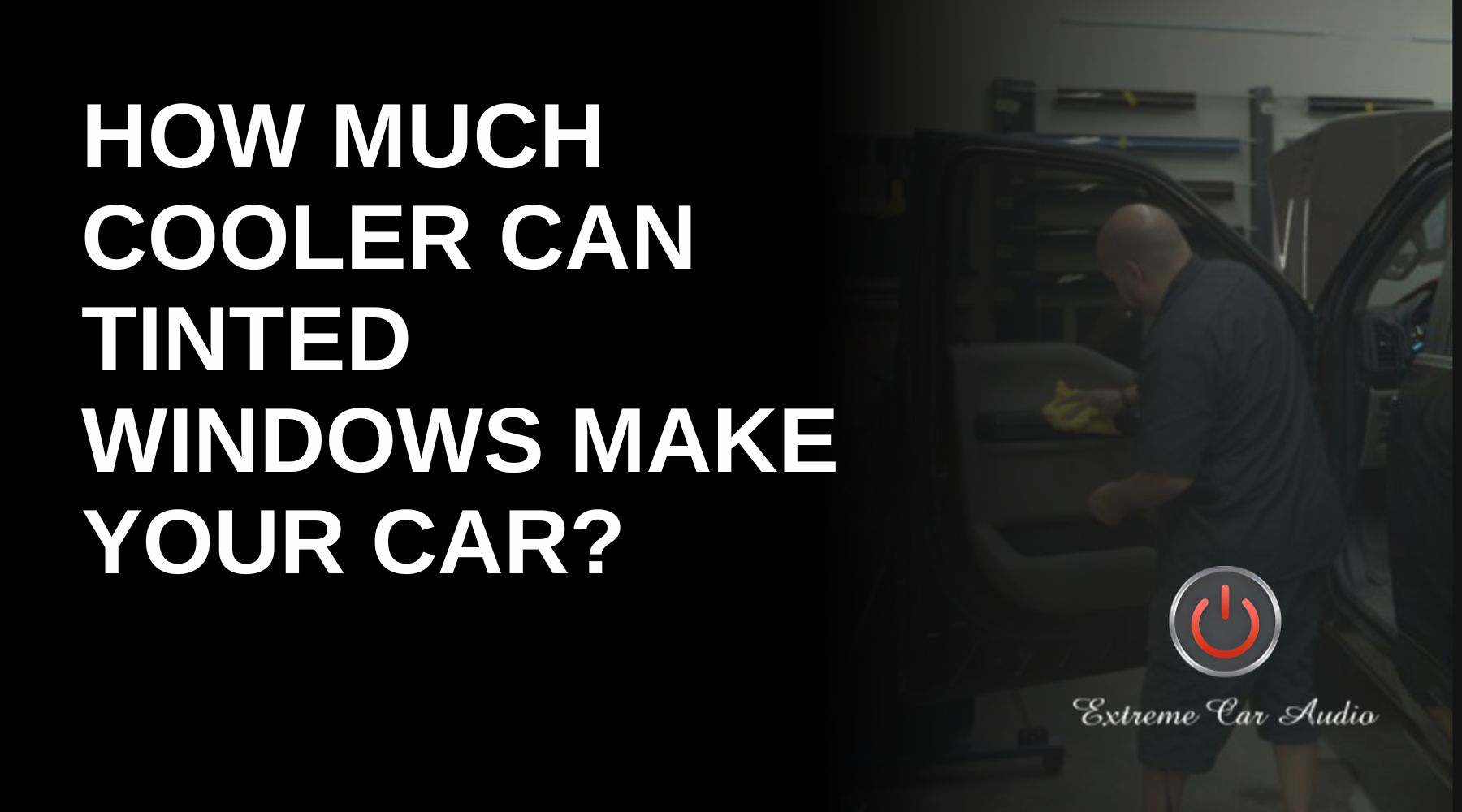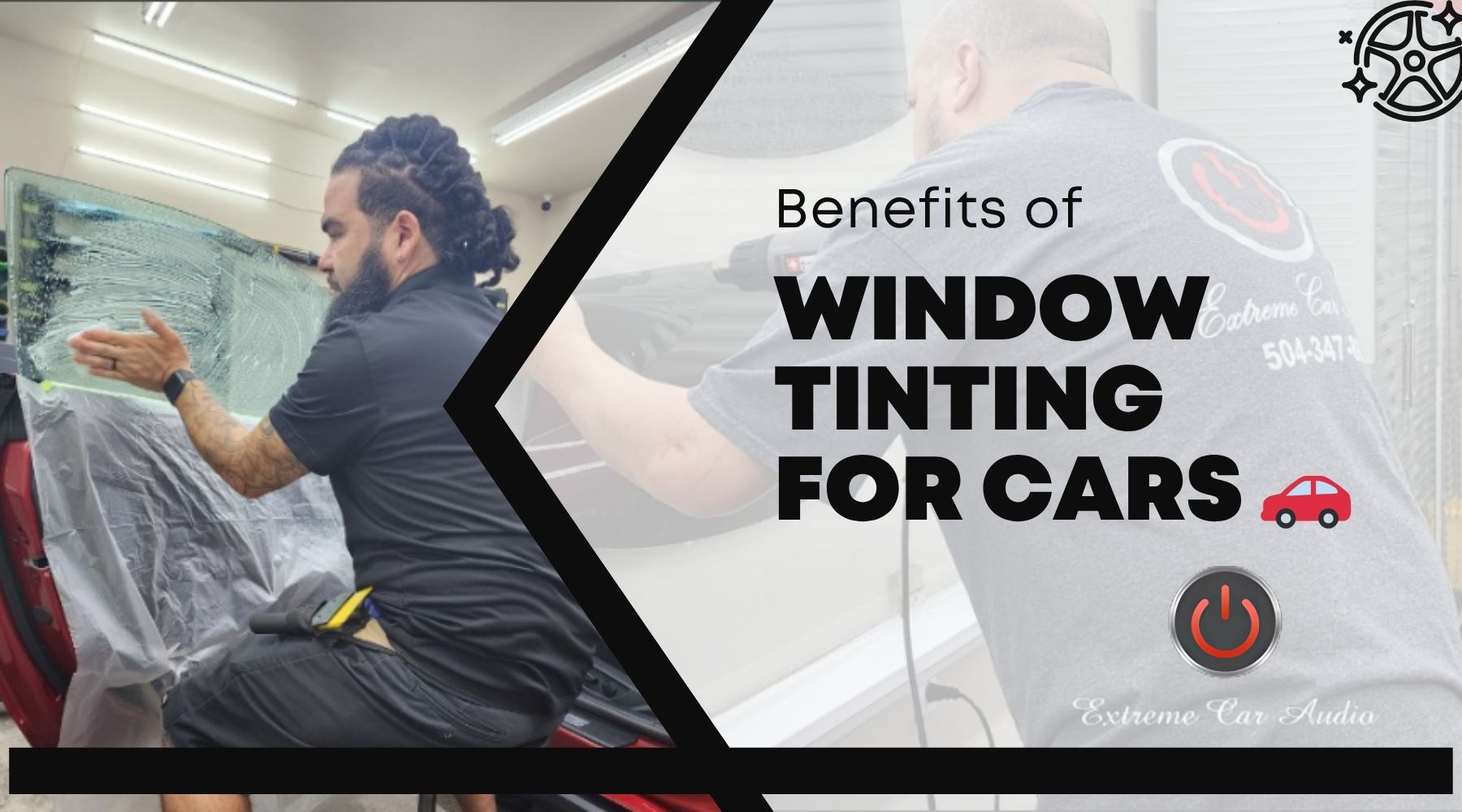If you’ve ever returned to your car after it’s been sitting under the blazing sun in Marrero, LA, you know that feeling of being hit by a wave of heat. But what if you could slash those oven-like temperatures with a simple upgrade?
That’s where the window tint cooling effect comes into play—transforming your driving experience from sweltering to serene.
What Is the Cooling Effect of Window Tint?
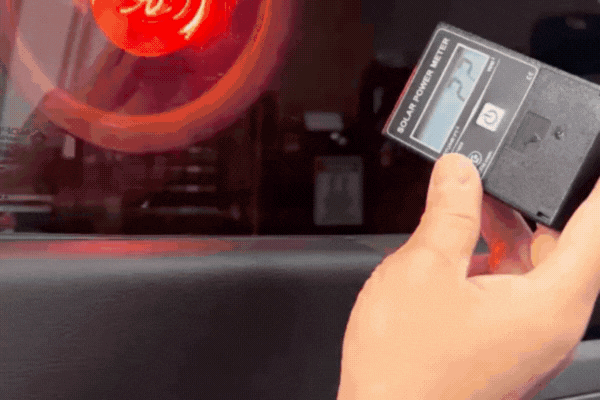
The window tint cooling effect refers to the measurable reduction in car cabin temperature achieved by applying heat-blocking window film. It works by blocking or reflecting the sun’s infrared and ultraviolet (UV) rays before they can penetrate the glass and heat your car’s interior.
Whether you’re commuting across Jefferson Parish or parking at a weekend festival, tinting provides year-round comfort and protection.
How Does Window Tint Reduce Cabin Temperature?
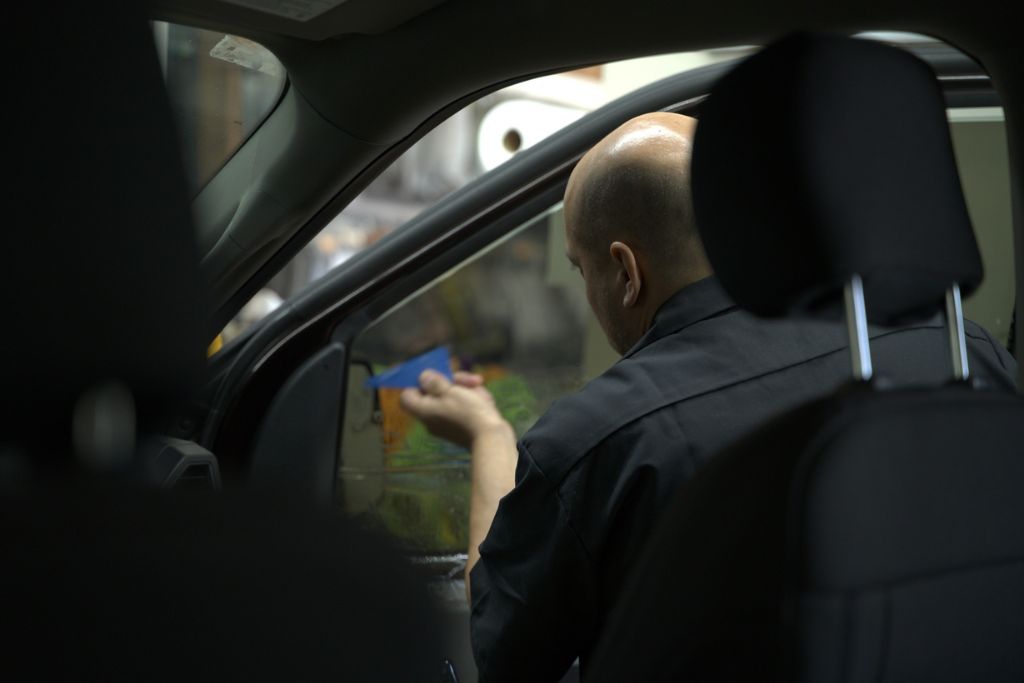
Tinted windows act as a thermal barrier. Using technologies like infrared radiation blocking and solar energy control, premium films significantly reduce heat entry.
The Science Behind the Cool
- Infrared Heat Absorption: Tints reflect or absorb up to 80% of the sun’s infrared energy—the main driver of cabin heat.
- UV Filtration: Blocks up to 99% of UV rays to protect passengers and prevent interior fading.
- Thermal Insulation Film: This barrier ensures less heat buildup inside your car.
💡 According to industry data, a quality window tint can reduce your car’s interior temperature by 8 to 20°F—a welcome relief during Louisiana’s summer heat.
Quantifying the Heat Reduction: How Much Cooler Is It?
Different tint types offer varying degrees of solar heat rejection. Here’s how they compare
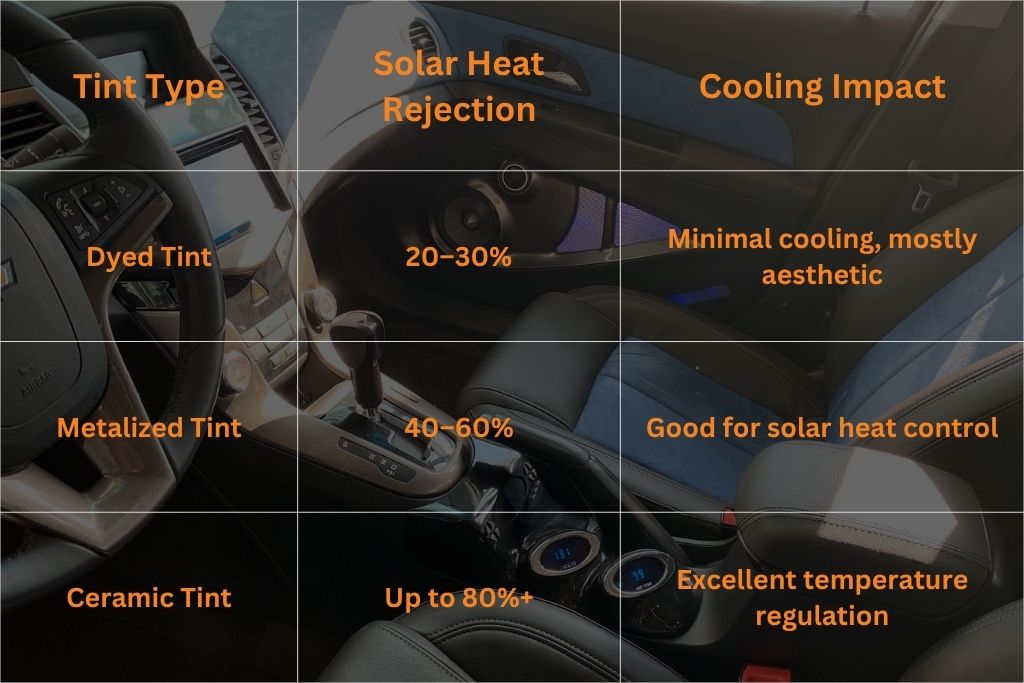
Ceramic window tints are especially effective, offering high visible light transmission (VLT) while reducing heat without compromising clarity
Why Infrared Rejection Matters
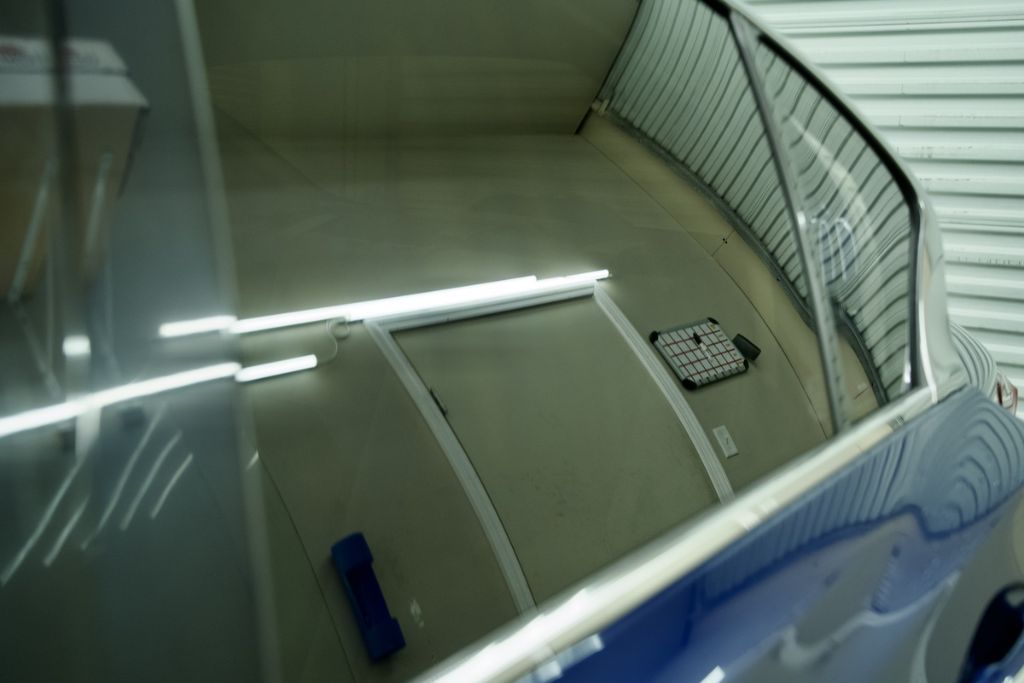
Why Does Infrared Rejection by Tint Matter for Cooling?
Infrared rays make up over half of the solar heat. Blocking them slows down heat buildup and maintains a cooler cabin even before the A/C kicks in.
Ceramic-coated tints, packed with microscopic particles, reflect and absorb IR radiation effectively—without interfering with your GPS or electronics, unlike older metal-based films.
Secondary Perks: UV and Glare Protection

Window tinting isn’t just about beating the heat. It’s also about protection and comfort:
- UV Protection for Car Windows: Shields passengers and interior materials from harmful UV rays.
- Glare Reduction Tint: Improves visibility, reduces eye strain, and keeps driving safer at dawn or dusk.
Yes—glare reduction contributes to the cooling effect by limiting light (and therefore heat) entering your vehicle.
AC Efficiency and Fuel Savings
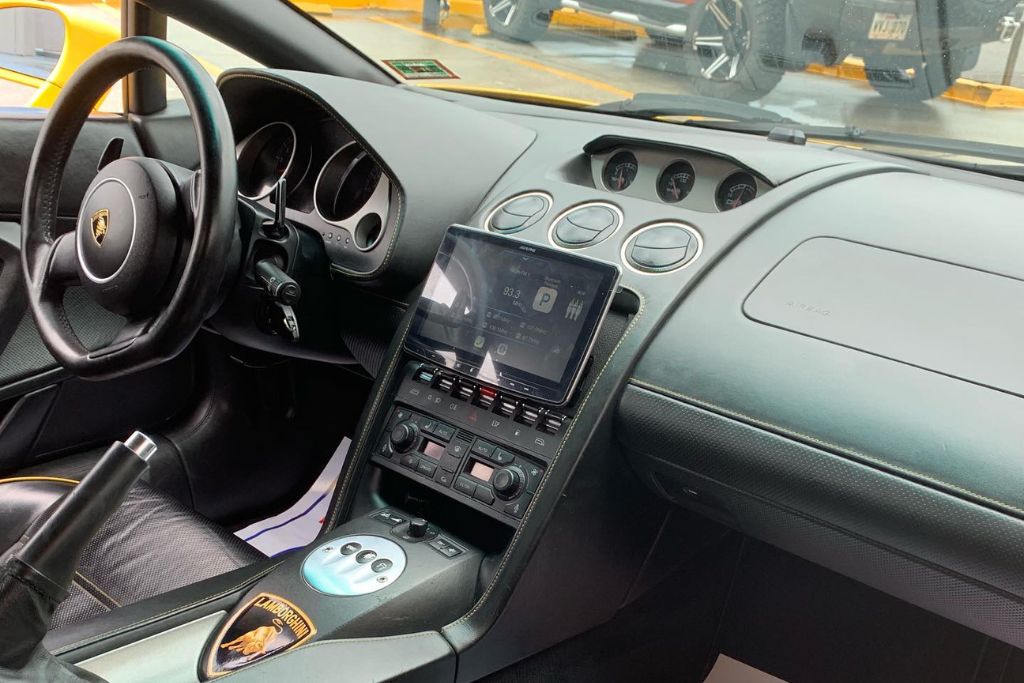
A cooler cabin means your air conditioning system works less—and that’s great news for your gas mileage.
Why Does Increased AC Efficiency Result in Better Fuel Usage?
When your A/C runs more efficiently, your engine doesn’t have to work as hard, especially in non-hybrid vehicles. Over time, this leads to better fuel economy and less strain on your vehicle.
🚗 Less A/C load = More fuel savings = Long-term efficiency gains
Does It Work Better in Certain Vehicles?
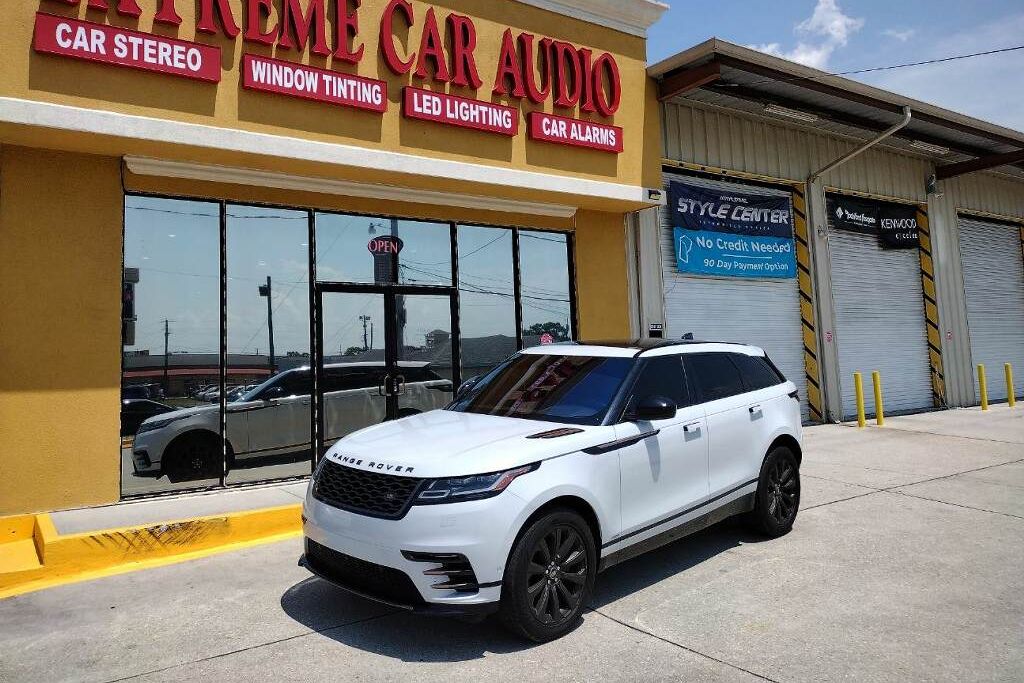
Why Does Tint Help More in Sedans Than SUVs?
Smaller vehicles like sedans have less cabin space and reduced glass surface area, which allows cooling effects to take hold more quickly and evenly. The air conditioning system doesn’t have to work as hard, making the benefits of window tinting immediately noticeable.
That said, SUVs and larger vehicles tend to have more glass exposure and larger interiors, which can trap more heat. This makes high-performance films, such as ceramic or IR-reflective window films, especially beneficial. These tints help regulate temperature across the expansive surfaces, improving comfort for passengers in all rows.
Whether you drive a compact sedan or a family SUV, choosing the right tint type ensures you’re maximizing both cooling performance and energy efficiency.
What Are the Limitations?
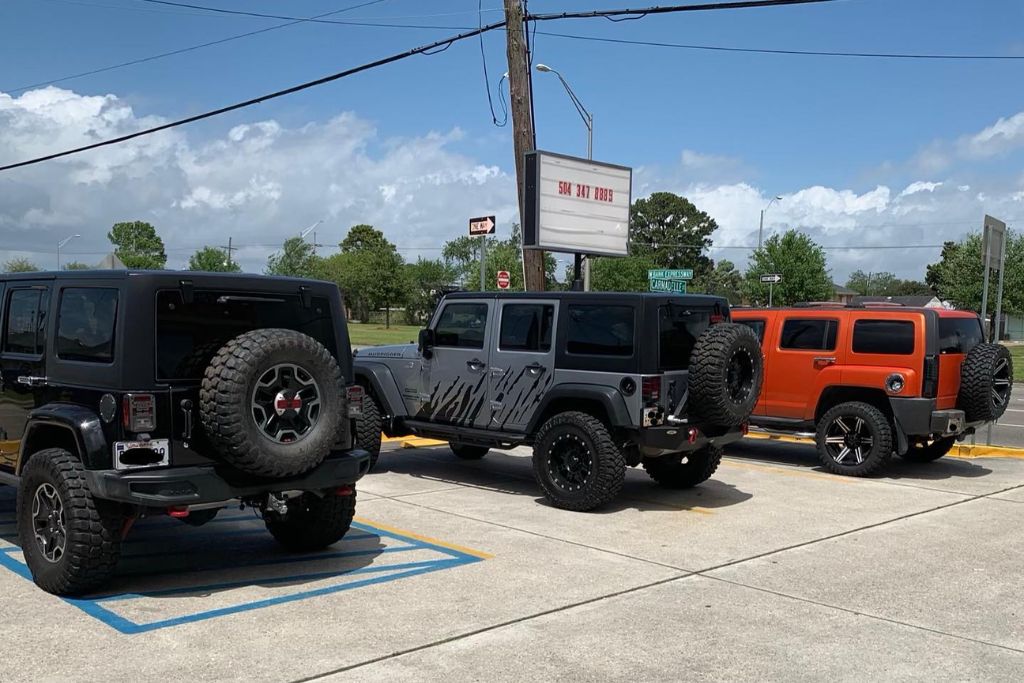
Why Might Tint Not Reduce Peak Parked Temperature Significantly?
Even the best interior cooling tints can’t fully eliminate heat in a parked car under direct sun. However, they slow the temperature rise and prevent surfaces like seats and steering wheels from becoming unbearably hot.
How Quickly Can Tinted Windows Cool the Cabin?
Cars with high-performance tint can cool up to 40% faster once the A/C is activated, thanks to reduced heat retention and faster temperature regulation.
Choosing the Right Film for Marrero’s Heat
At Extreme Car Audio LLC, we understand the local climate—and we offer the perfect solutions.
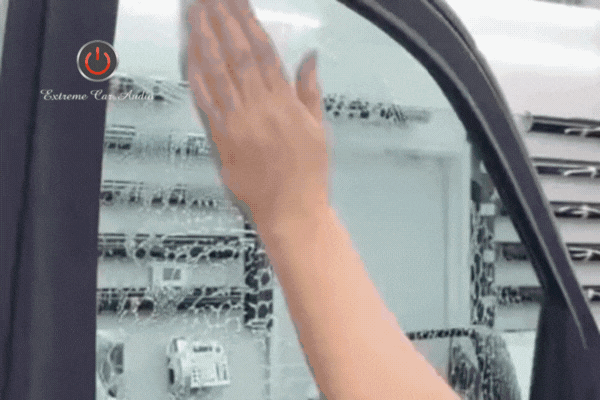
As a Llumar Select-Pro dealer, our team specializes in ceramic tint installations designed to provide optimal cabin heat reduction and UV protection.
Whether you’re upgrading a daily driver or a show car, our expert installers provide:
- Premium ceramic and IR-reflective window films
- Long-lasting durability with in-store warranties
- Tailored recommendations to match your comfort and style needs
📍 Located in Marrero, LA, we’re proud to help locals beat the heat in style.
🔗 Explore more about the benefits of window tinting for cars
Stay Legal, Stay Cool
Before scheduling your tint installation, it’s important to understand Louisiana’s window tint laws to stay compliant and avoid fines.
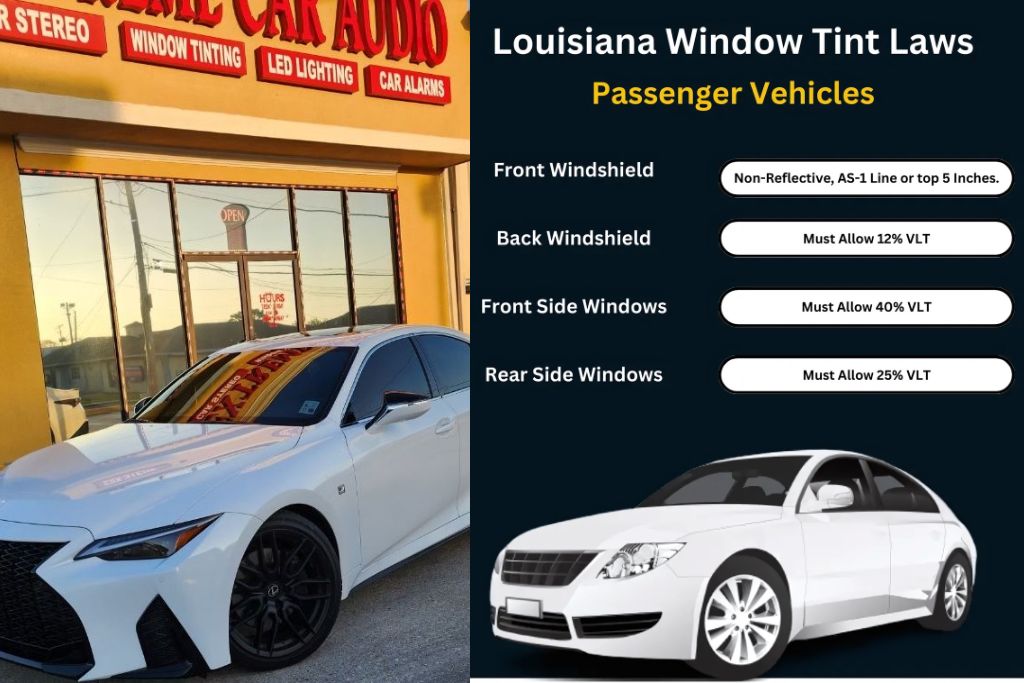
In Louisiana:
- Front side windows must allow more than 40% of light in.
- Rear side and back windows can be darker, especially on SUVs.
- Windshields can only have non-reflective tint on the top 5 inches or above the AS-1 line.
Reflective or mirror-like tints are prohibited, and a compliance sticker is required on tinted vehicles.
We break down these details in our blog:
👉 What Is Window Tinting? Marrero, LA ExplainedExtreme Car Audio LLC ensures your tint is both cooling-efficient and street legal, so you can drive with confidence.
Final Thoughts: Stay Cool with the Window Tint Cooling Effect
If comfort, efficiency, and long-term protection matter to you, investing in window tint cooling effect technology is a smart move—especially in hot, humid regions like Marrero, LA.
Ready to enjoy a cooler ride?
Contact Extreme Car Audio LLC today for a personalized consultation and discover the ideal tint solution for your vehicle.
Frequently Asked Questions (FAQ)
How much IR/UV can high-end tints block?
Top ceramic films block up to 98% of infrared and 99% of UV rays, offering maximum comfort and protection.
Why does increased AC efficiency result in better fuel usage?
Efficient A/C performance reduces engine load, leading to lower fuel consumption over time.
Why does glare reduction play into cooling?
Glare is light—and light is heat. Reducing glare lowers interior temperature and enhances visibility.
How fast does the car cool with tint once A/C is on?
Cars with quality tint can cool 30–40% faster than non-tinted vehicles, providing immediate comfort.
Extreme Car Audio LLC
Car stereo store in Marrero, Louisiana
Address:
6615 Westbank Expy, Marrero, LA 70072, United States
Phone:
+1 504-347-8889
Google Review
Google review summary

